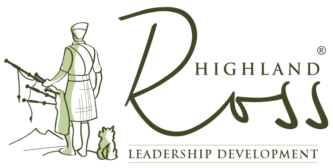This article is the second of a two-part series on the subject of value propositions and value delivery systems. As in Part 1, I will frequently reference Michael Lanning’s book Delivering Profitable Value. If you haven’t done so already, pick up a copy today.
Lanning goes into great detail about clearly describing the whole set of experiences your company wants its customers to have as a result of doing business with you and not your competitor. The term “value proposition” refers to this collection of experiences. A “value delivery system” then goes on to describe precisely how the company will PROVIDE and COMMUNICATE each of those experiences. So, the value delivery system IS the business. This is the essence of business.
Products, services, users manuals, product training, a service that maintains the product, manufacturing, and distribution might all play a part in providing those experiences. Sales presentations, advertising, public relations, a product’s appearance, packaging, trade shows are all way that a company can communicate to prospective customers the experiences they will have by working with us and not our competitors.
The thing I love so much about Lanning’s approach is that it strips away everything from the business that is not directly involved in communicating and then providing these experiences. Lanning’s approach forces organizational alignment. Here’s an example.
One of the experiences Southwest Airlines wants its customers to have is “to be much more amused during flights.” Southwest goes further by offering a couple “sub-experiences.” First, Southwest wants passengers to laugh at/with amusing diversions, jokes, quips from its front-line staff. Southwest also wants its passengers to engage in amusing conversation with, and feel sincerely liked by staff.
To provide just this one experience, be more amused during flights, Southwest has outlined some detailed recruiting, hiring, onboarding, and training practices. Specifically, Southwest Airlines screens prospective frontline employees for the ability (and willingness) to humorously entertain passengers with jokes, costumes, songs, and the like. Southwest chooses staff partly due to humor and comedic talent even under pressure. Warm conversational ability is another hiring criteria.
Wow! I love the amount of detail Southwest has put into how it will provide this experience….its all about recruiting, hiring, training, and retaining employees who are entirely bought-in. They are looking for a baseline skill fit, but you can feel from reading these that Southwest is much more about a cultural fit, and they have the training in place to bridge any gaps!
Moreover, we’ve dived into just ONE of Southwest Airlines’ experiences. Talk about organizational alignment!
I imagine Disney puts even more thought into its hiring practices. Think about this the next time you go to a local restaurant. Chick-Fil-A is probably the gold standard in this one aspect of running a business. I’m sure there are others, but yours is probably a pretty short list.

